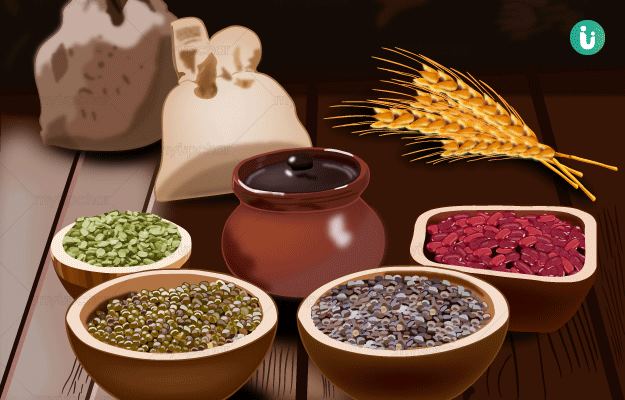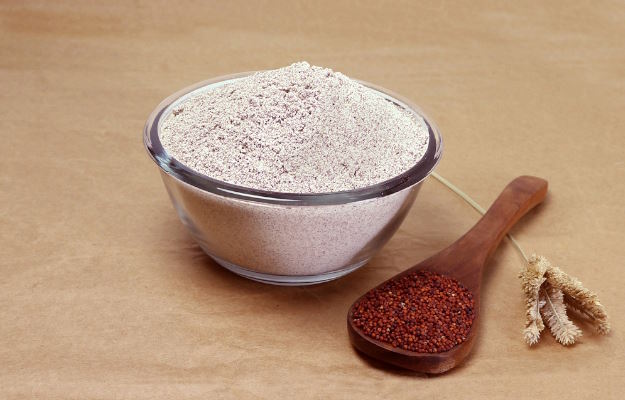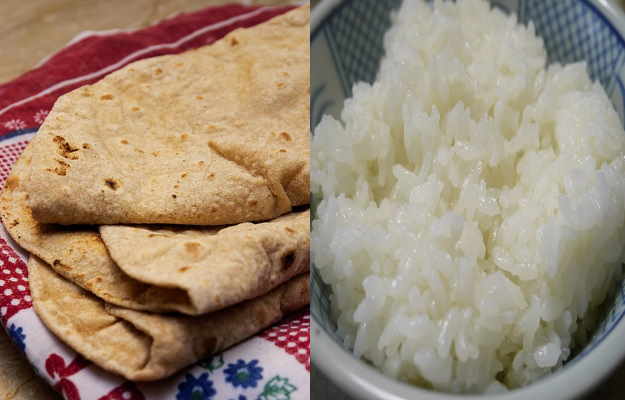Grains are the harvested seeds of grasses. Some grains - like rice, wheat, corn, and oats - are a staple food across the globe. It is an established fact that grains are a good source of complex carbohydrates.
Grains can be available in the form of cereals and legumes. Whole grains are the healthiest kind of grain and contain protein, fibre, iron, magnesium, copper, zinc, manganese, selenium and various vitamins of the vitamin B family.
Since grains are high in fibre, they make you feel full and satisfied for a longer period of time, thus helping in weight loss. Various studies have concluded that grains not only maintain body weight but also lower the risk of heart disease, diabetes and various other systemic diseases.
Grains are not only consumed by humans but are also used to feed livestock.
Read more: What to eat and what not to eat for weight loss
Troubled by obesity? Failed to lose weight? Now control weight easily by myUpchar Ayurveda Medarodha Weight Control Tablet. Get started today and take steps towards a healthy life.






















